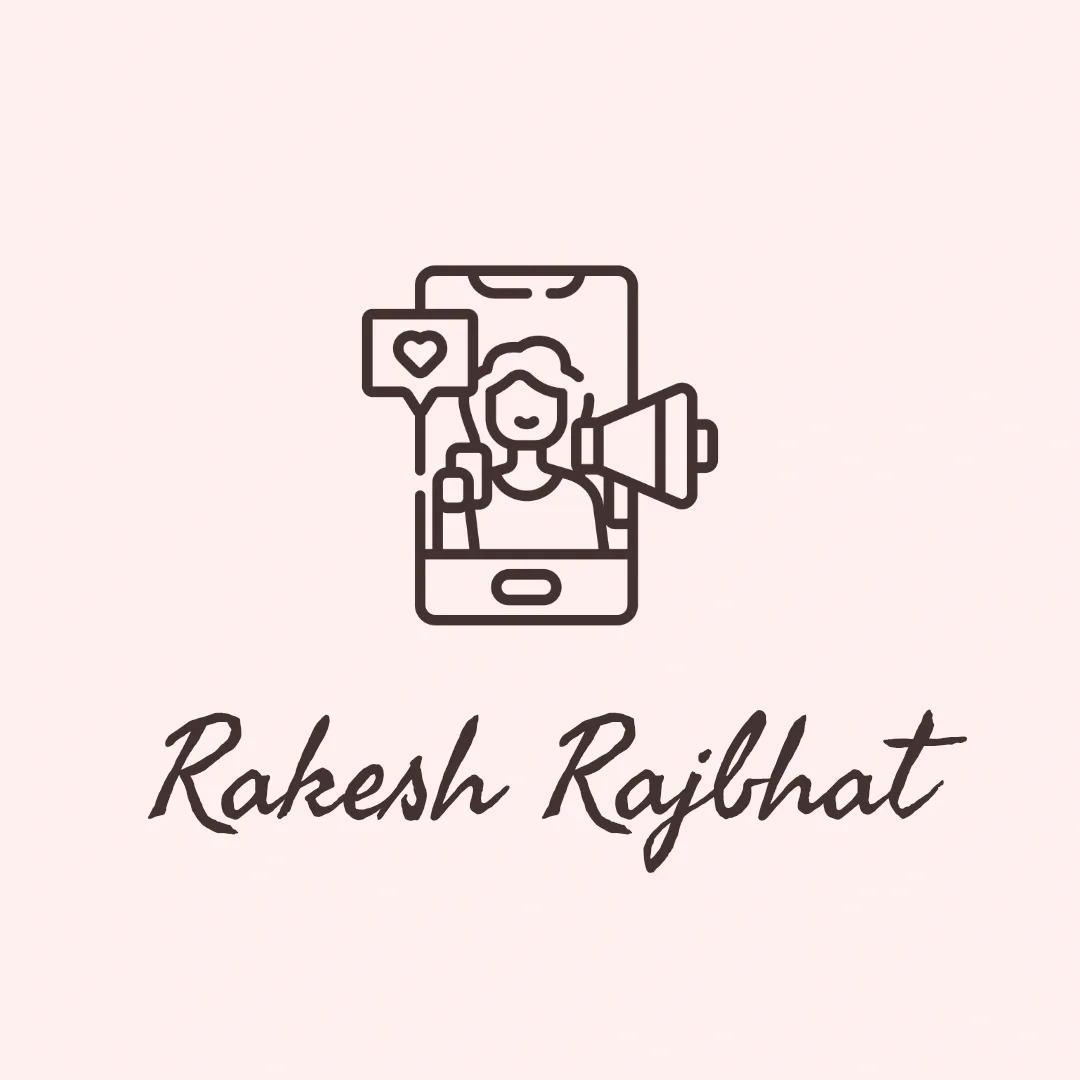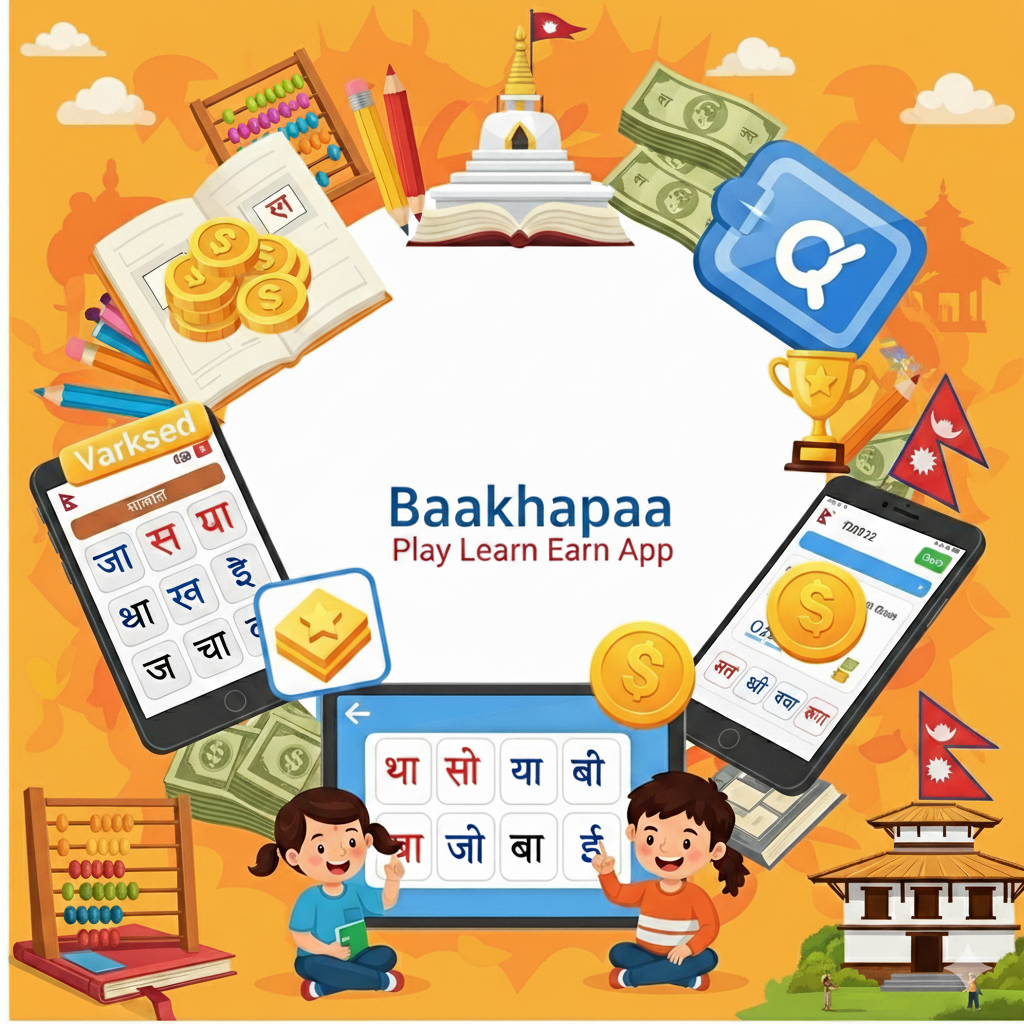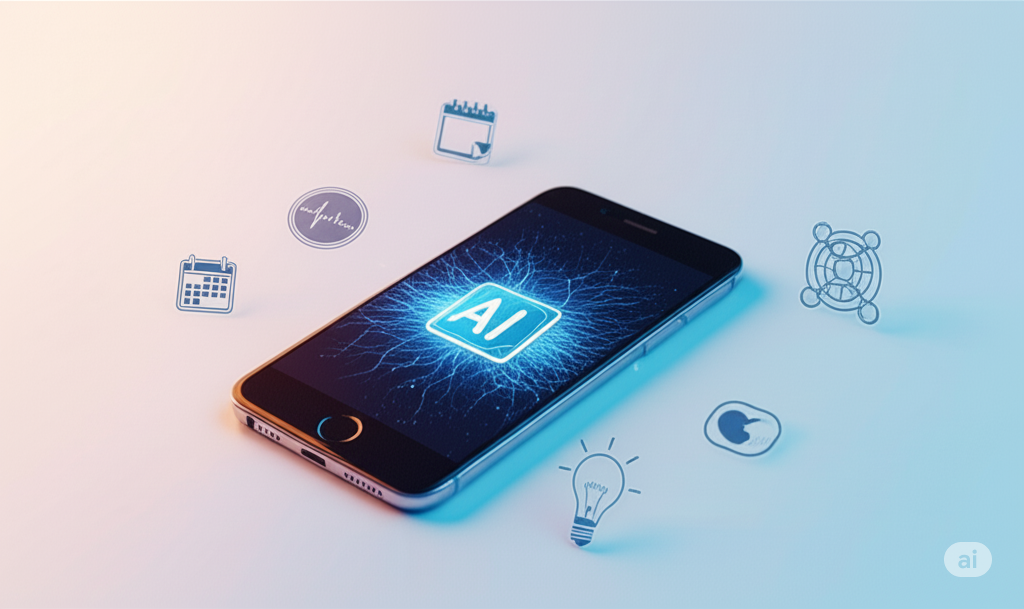Mastering "Prompt Engineering": Your Secret Weapon for AI Tools in 2025
We're living in an exciting era – the age of readily accessible Artificial Intelligence. By now, in 2025, tools like ChatGPT, sophisticated image generators, and other forms of generative AI are increasingly becoming part of our daily lives. They can write, design, brainstorm, and so much more. But have you ever found yourself wondering why your AI results are sometimes... underwhelming? The secret to unlocking their true potential often lies in a skill that's rapidly becoming essential: Prompt Engineering.
This Prompt Engineering Guide is designed for beginners, showing you how this crucial skill can be your secret weapon for using AI tools effectively, whether for everyday tasks or unleashing your creativity. It’s one of the fundamental digital skills for future success.
What Exactly is Prompt Engineering (in Simple Terms)?
At its core, prompt engineering is the art and science of crafting effective inputs (prompts) to guide AI tools toward generating the desired outputs. Think of it like giving excellent directions. If you vaguely tell someone to "go downtown," you might end up anywhere. But if you provide a specific address, landmarks, and preferred routes, you'll likely reach your exact destination.
Similarly, with generative AI basics, the AI model doesn't truly "understand" in a human sense; it predicts and generates based on the patterns in the vast amounts of data it was trained on and, crucially, the instructions you give it. A well-crafted prompt is like a clear, detailed map for the AI. This is key for AI for beginners to grasp – the quality of the output is heavily dependent on the quality of the input.
Why is Prompt Engineering Your Secret Weapon for AI Tools in 2025?
As AI tools 2025 become more integrated into our lives, knowing how to write good AI prompts offers significant advantages:
- Better, More Relevant Results: Well-engineered prompts lead to outputs that are more accurate, coherent, and aligned with your specific needs. This helps you improve AI results dramatically.
- Saves Time and Effort: Instead of multiple frustrating attempts, a good prompt gets you closer to your desired outcome faster, reducing the need for endless tweaking.
- Unlocks Creativity: Prompt engineering can help you explore the creative potential of AI, guiding it to generate novel ideas, unique artistic styles, or imaginative text formats.
- Enhances AI Literacy: Understanding how to communicate effectively with AI is a core component of AI literacy. It demystifies the technology and empowers you to use it more confidently.
- Boosts Productivity: For simple daily tasks or even more complex projects, effective prompting can make you significantly more productive. It’s quickly becoming one of the indispensable future tech skills.
Getting Started: How to Write Good AI Prompts (Practical Tips & Examples)
Here are some fundamental ChatGPT tips and general advice for prompting various AI tools:
Be Clear and Specific: Vague prompts lead to vague results. The more precise you are, the better.
- Instead of: "Write a story."
- Try: "Write a 500-word short story for children aged 6-8 about a brave squirrel who learns to fly using a giant leaf, set in a sunny autumn forest."
- For an image generator, instead of: "A cat."
- Try: "A photorealistic image of a fluffy ginger tabby cat with bright green eyes, curled up asleep on a blue velvet armchair in a sunlit library."
Provide Context: Help the AI understand the background or purpose of your request.
- Instead of: "Explain photosynthesis."
- Try: "Explain photosynthesis in simple terms for a 5th-grade science class. Focus on the roles of sunlight, water, and carbon dioxide."
Define the Role or Persona (Especially for Chatbots): Instruct the AI to "act as" a specific expert or character.
- Try: "Act as an experienced travel agent. Plan a 7-day adventurous itinerary for Nepal focusing on trekking and cultural experiences, with a mid-range budget." (This gives ChatGPT tips a new dimension!)
Specify the Desired Format or Style: Do you want bullet points, a formal email, a poem, a JSON object, or an image in the style of Van Gogh? Tell the AI!
- Try: "Generate a list of five healthy breakfast ideas in bullet points, with estimated prep times."
- For an image, try: "Create an illustration of a futuristic city skyline in a synthwave art style, with neon pinks and blues."
Use Constraints and Instructions: Set word limits, ask for inclusion or exclusion of certain elements, or guide the tone.
- Try: "Draft a polite reminder email to a colleague about an overdue report. Keep it under 100 words and maintain a friendly tone."
Iterate and Refine: Your first prompt might not be perfect. Don't be afraid to tweak your prompt based on the AI's output and try again. Prompt engineering is often an iterative process.
Prompt Engineering in Everyday Life (Simple Tasks in 2025)
You don't need to be a tech wizard to benefit from prompt engineering. Here's how it can help with simple, daily tasks:
- Brainstorming: "Generate 10 creative theme ideas for a surprise birthday party for an adult who loves gardening and mystery novels."
- Summarizing: "Summarize the main points of this article [paste article text or link, if supported] in three bullet points for a busy executive."
- Drafting Communications: "Draft a short, enthusiastic thank-you note to a friend for a thoughtful gift."
- Learning & Explanation: "Explain the concept of blockchain technology like I'm 10 years old."
- Creative Content: "Write a four-line humorous poem about a coffee-loving programmer."
- Simple Image Creation: "Generate a simple, cute cartoon icon of a smiling coffee cup for a blog post."
The Future is Prompt-Literate
As AI tools 2025 continue to evolve and integrate into more aspects of our work and personal lives, the ability to communicate effectively with them – through skilled prompt engineering – will shift from a niche skill to a fundamental competency. It's about moving from being a passive user to an active director of AI's capabilities. This is a key part of developing strong AI literacy and is undoubtedly one of the most valuable digital skills for future endeavors.
So, start practicing! Experiment with different AI tools, try out these tips, and observe how subtle changes in your prompts can drastically alter the results. Mastering prompt engineering is your key to unlocking the true power of AI, making it a helpful and efficient assistant in your daily life.
Please login to leave a comment.


 Rakesh Rajbhat
Rakesh Rajbhat




